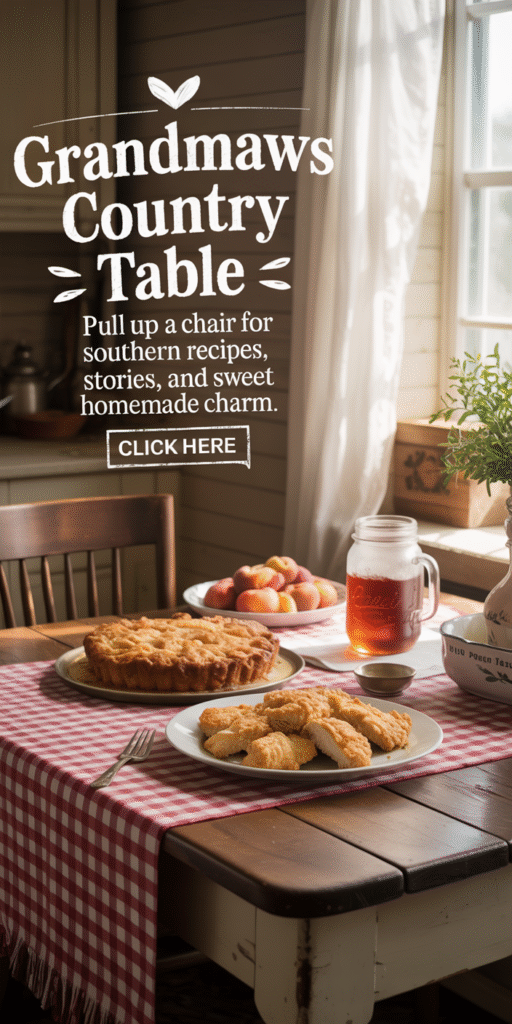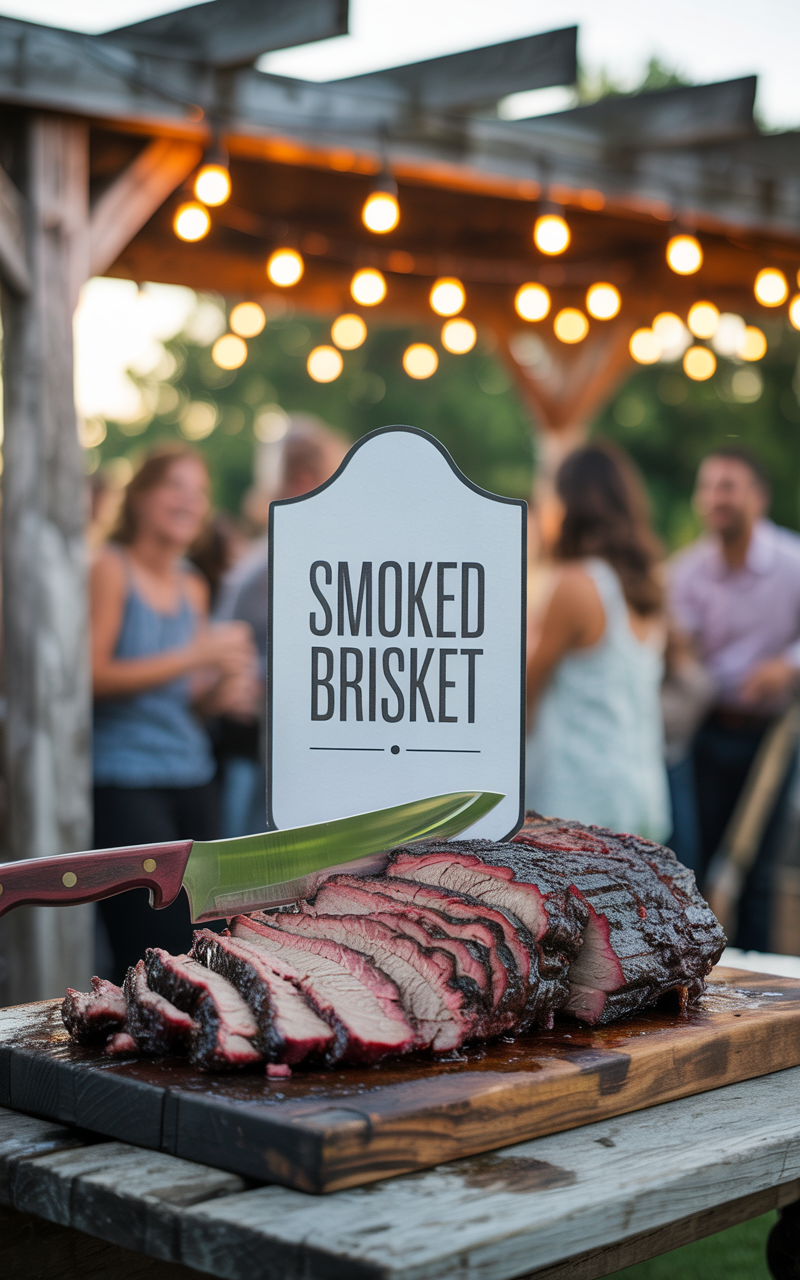Fried Chicken vs. Southern Fried Chicken – Let’s Get Greasy
If you’ve ever sat at a dinner table with someone from the South and called any ol’ crunchy bird “Southern fried,” you probably got a side-eye so strong it could sear a steak. Fried chicken and Southern fried chicken are cousins, sure. But one’s a global traveler and the other? A gospel-singing, biscuit-loving, gravy-bathing icon. The difference isn’t just about ingredients—it’s about soul. Let’s break it down like a drumstick at a church potluck.
The Origins: Where These Chickens Started Flappin’
Fried chicken has been around for centuries. People all over the world were tossing birds in oil before it was trendy. From Scottish settlers who brought their frying techniques to America to West African culinary traditions that added bold spices, fried chicken is a multicultural masterpiece.
Southern fried chicken sorta went to cotillion, spent summers on a porch swing, and knows how to pronounce “pecan” six different ways. It’s rooted in African American cooking, shaped by the Deep South, and flavored with history. It’s not just a food—it’s a culinary identity.
Buttermilk Baths & Cast Iron Romance – Southern Prep Techniques
Here’s where things get finger-lickin’ serious.
Southern fried chicken isn’t just dunked in flour and tossed in oil like it’s headed to a fast-food fryer. No ma’am. First, it takes a luxurious soak in buttermilk. That tangy bath? It’s the chicken equivalent of a spa day. Buttermilk tenderizes the meat and sets the stage for a thick, flavorful crust.
And don’t even think about using anything but cast iron. That skillet is sacred. It holds flavor from generations past. You ever taste fried crispy chicken and feel like someone’s granny hugged your soul? That’s the cast iron magic at work.
The Crunch Factor: Coating, Crust, and That Golden Glam
Regular chicken might just wear a single layer of flour like a plain t-shirt. Southern chicken struts in like it’s walking a glitter runway. The crust is seasoned, dramatic, unapologetic. We’re talkin’ paprika, garlic powder, onion powder, cayenne—each one shouting “bless your taste buds” with every bite.
Southern fried chicken crust is thick, craggy, and sometimes double-dredged. That’s not a mistake; it’s a design feature. You want a crunch loud enough to wake the neighbors.
Flavor Profiles – Subtle Bite or Southern Sass?
Chicken in other parts of the world is often mellow—savory, maybe a hint of salt, sometimes a soy sauce marinade. Think Japanese karaage or Korean fried chicken: crisp and delicate, sure, but not likely to punch you in the mouth with spices.
It’s spicy, salty, a little smoky, and it doesn’t whisper. It shouts. The seasoning isn’t just on the outside—it’s in the soul. A Southern cook doesn’t measure spices—they feel them in their bones.
Oil Choices: Deep Fryer or Cast Iron Cauldron of Destiny?
Most modern kitchens reach for canola or vegetable oil when frying. Neutral, efficient, clean. But Southern kitchens? Oh honey, they want flavor.
Lard. Bacon grease. Peanut oil. That’s the Southern Holy Trinity of frying fats. Cast iron bubbling with seasoned fat is basically the Southern version of aromatherapy. Your whole house smells like a hug from your great aunt Myrtle—and your arteries are trembling in anticipation.
From Grandmaw's Kitchen, With Love.
We're extending our love for heartfelt gatherings to our new sister site, Priey, with designs that make any meal feel special.
See Our New ProjectServing Traditions and Sidekick Dishes for Southern Fried Chicken
Here’s where the difference becomes a full-blown potluck spread.
Southern fried chicken rolls deep—with sweet tea in one hand and a plate full of collard greens, mac and cheese, cornbread, potato salad, and green beans with bacon in the other. It’s not a meal—it’s a lifestyle. And don’t forget the hot sauce on standby, because flavor is not optional.
Is It Still Southern Fried If Granny Didn’t Yell at You While Cooking It?
Southern fried crispy chicken isn’t just food—it’s generational trauma and love served hot. Your granny probably made it while yelling at you to get out of the kitchen. That yelling? That’s seasoning.
Fried juicy crispy chicken outside the South might taste good, but it’s missing the emotional garnishes. No story, no sass, no soul. Southern fried chicken comes with baggage, honey—and we’re not checking it at the door.
Final Thoughts – If It Ain’t Drenched in Love and Butter, Is It Really Southern Fried Chicken?
So what’s the difference? In short: everything.
One feeds your stomach. The other feeds your spirit, clogs your arteries, and makes you question your life choices—in the best way. The next time someone offers you chicken, ask one simple question: Is it Southern? And if they say yes, grab a plate and a napkin. It’s about to get real.
Frequently Asked Questions
1. Is it lways spicy?
Not always, but it usually packs more flavor. Even when it’s not “hot,” it’s seasoned like it’s preaching on Sunday.
2. Can I make this without buttermilk?
You can, but should you? No. Buttermilk is the fairy godmother of juicy chicken.
3. What oil is best?
Lard is the traditional pick, but peanut oil is the Southern MVP for crispy, flavorful results.
4. Is Southern fried chicken always bone-in?
Traditionally, yes. The bone adds flavor. Plus, it gives you something to hold while you cry tears of joy.
5. Why does Southern fried chicken taste better the next day?
Because the spices marry overnight like a good Southern romance novel. Leftovers hit different.













